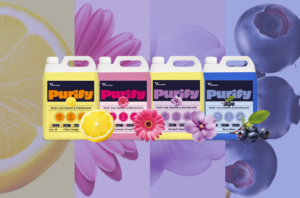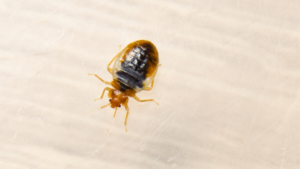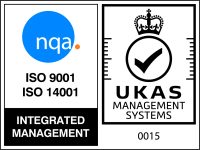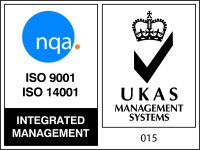While matching the right cleaning chemical to a task is certainly one element of a cleaner’s role, pairing the right product to any given surface adds another dimension of difficulty to the job. With proper understanding and awareness, hygiene professionals can select a product that is both effective in terms of its cleaning and disinfecting properties while also compatible with the surface to be cleaned.
Matching the Product to the Surface: Why it Matters
Not every cleaner or disinfectant is suitable for every surface. There are, however, a couple of main factors that cleaners should be aware of when selecting a product. As Health Facilities Management explains, hygiene professionals should above all seek to ensure that a chemical product is both effective and does not compromise or ruin a surface. To this end, it is imperative that each and every product is utilised according to the manufacturer’s instructions. This is especially important when using a new product and, as the British Institute of Cleaning Science (BICSc) advises, “It is important to liaise with your approved suppliers and seek professional guidance. Training may be required for any new products and operatives should undergo training before using any new product.” Without this, a cleaner risks compromising both a surface and the overall quality of their clean.
Points for Consideration
In addition to receiving training on the correct usage of a particular chemical product, a cleaner should also be aware of the type of surface to be treated. For example, as Cleaning Maintenance & Management (CMM) notes, some uneven or porous surfaces — especially grout and some ceramic tiles as well as wood flooring — can be difficult to clean with abrasive cleaners. In other words, a cleaner should always verify or identify the type of surface before undertaking any further action.
The other thing to consider, as the outlet adds here, is a chemical’s contact time and any surface residue left behind by a product during the cleaning and disinfection process. Obviously, allowing a cleaner or disinfectant to remain on a surface for the correct amount of time will ensure its efficacy. Likewise, failing to adhere to the manufacturer’s suggested contact time could impact the efficiency of a product. Cleaners should also understand that, over time — and especially if not used to their correct dilution ratio or not rinsed away as directed — product residue can become deposited on surfaces. When choosing the right product for their given surfaces, the outlet advises, “One of the issues is that some types of cleaning chemicals are designed to bond with or attract dirt, so their residues continuously compound over and over again.”
Practical Guidance on Appropriate Pairing
For cleaners looking for practical advice on how to match a cleaning product to a specific surface — be it ceramic, porcelain or acrylic flooring, etc. — the American Cleaning Institute offers comprehensive guidance here and here. For example, when tending to ceramic tiling, it advises that cleaners, “Avoid using powdered abrasive cleansers that could scratch the surface.” When caring for resilient flooring, the institute suggests that hygiene specialists look to the manufacturer’s instructions for cleaning advice and, for porcelain, it advises that liquid spills be mopped up immediately to prevent staining. It is especially important to avoid using any kind of abrasive cleaner on soiled porcelain when, as the organisation advises, specialist products should be used. For all hard surface cleaning, the institute urges cleaners, facilities teams and hygiene specialists to follow the advice displayed on the label of a product before use.
Pairing the right product to a given surface isn’t necessarily always easy or straightforward. Yet, by asking the right questions — and, most importantly, by understanding the importance of matching the product or chemical to a surface — a hygiene professional can safeguard both the surface to be cleaned as well as the overall quality of their clean.








